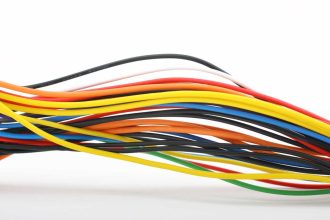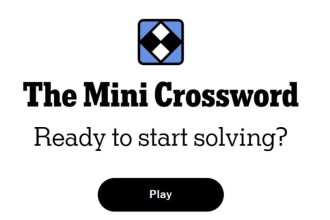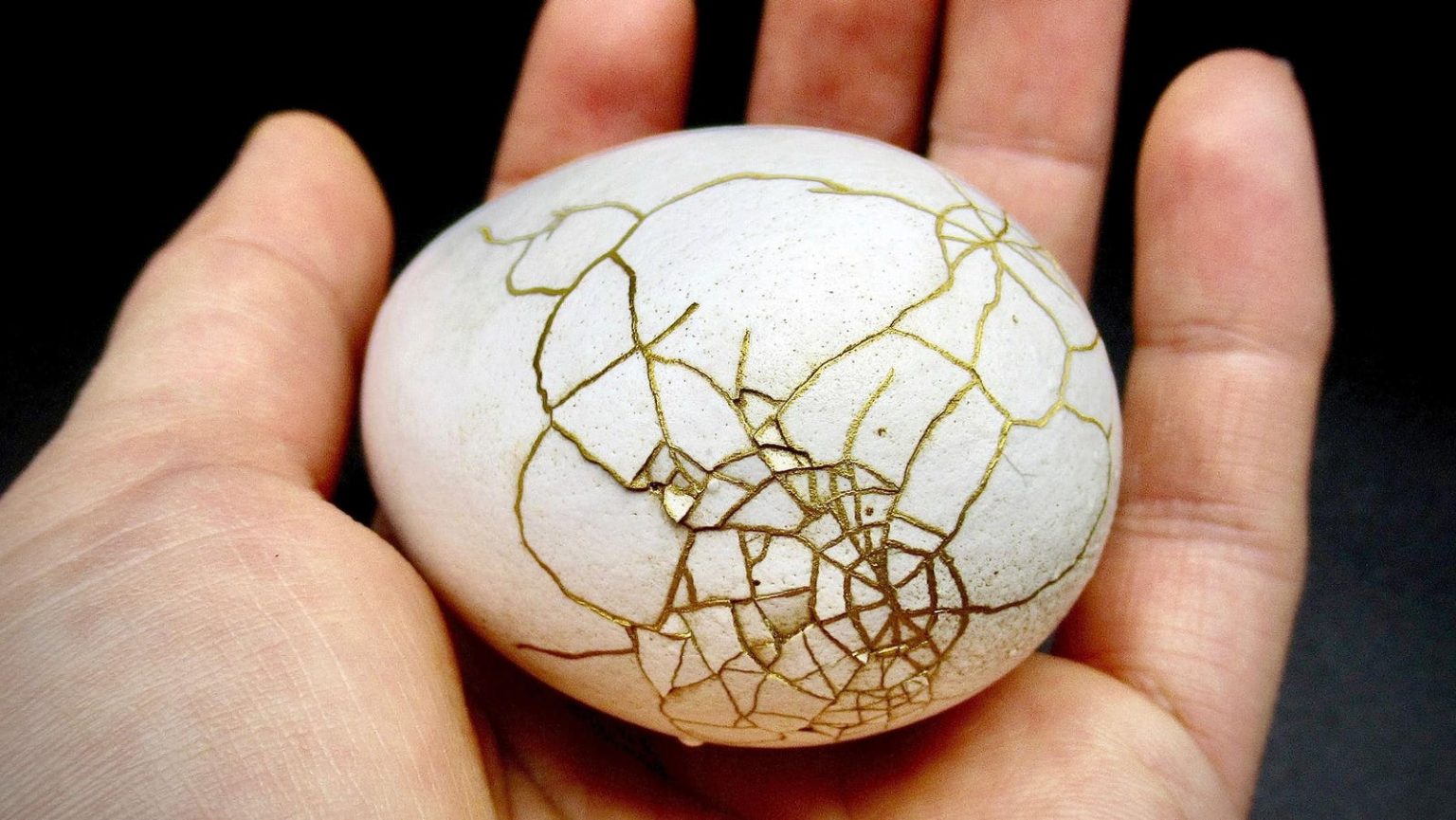Practicing medicine is an art. This fundamental view is shared by many of us seasoned clinicians. Our diagnoses and treatments are fueled by our experiences, perspectives and creativity—not just bare clinical data.
OpenAI’s newly revealed text-to-video technology, Sora, has challenged our conception of art, rekindling a historic debate. Soon, we will be watching a movie, or a video installation at an art gallery, only to find out it has been generated by an AI model in under a minute.
For centuries, the definition of art has been the subject of great controversy, both within the field as well as in philosophical meta-discussions. Much the same, a state of health is ill-defined. Who exemplifies perfect health? What is a healthy human? This is far more perplexing when considering the World Health Organization’s definition of health as “a state of complete physical, mental and social well-being and not merely the absence of disease or infirmity.”
Perhaps this puzzling “completeness” is justified if viewed through the Kintsugi lens, a traditional Japanese art of repairing the broken and understanding the value in mending; the completeness of the incomplete. The human body is broken and repaired at any given moment from the DNA level all the way to the doctor-patient therapeutic space. In medicine, the value of mending lies in reaching a new physical equilibrium after each healing intervention.
Now both art and medicine are at a pivotal point brought about by the introduction of generative AI, allowing algorithms to produce new content, such as artistic pieces or suggested diagnoses, from previously learned and processed data. The essence of creativity, of breaking away from patterns, is being challenged.
So is the recognition of individual contributions. The New York Times has filed a lawsuit against OpenAI and Microsoft for copyright infringement, claiming ChatGPT was trained on Times stories in an unauthorized way to later become a direct competitor as a trustworthy source of data. This follows a previous lawsuit by well-known authors against the same company. Such claims bring to light the discussion about originality and ownership of data.
In medicine, similar lawsuits have yet to be filed, as real-world implementation of generative AI moves at a much slower pace, facing barriers of transparency and explainability, hindering integration in everyday practice. But change is inevitable. Algorithms are demonstrating increasing levels of competence in medical diagnostics and treatment recommendations, and are slowly incorporated into practice. As AI is raising concern about losing individuality and emotion in artistic expression, it does so in medicine as well, despite its promise.
I have recently become a Forbes.com contributor, dedicated to writing about the changing paradigm of medicine in the generative AI era. In each post about healthcare and technology, I wish to give a platform to artists of different nationalities and genres to showcase their work, jointly chosen with them. Neither medicine nor art should ever be devoid of individuality, of a personal voice.
Read the full article here





